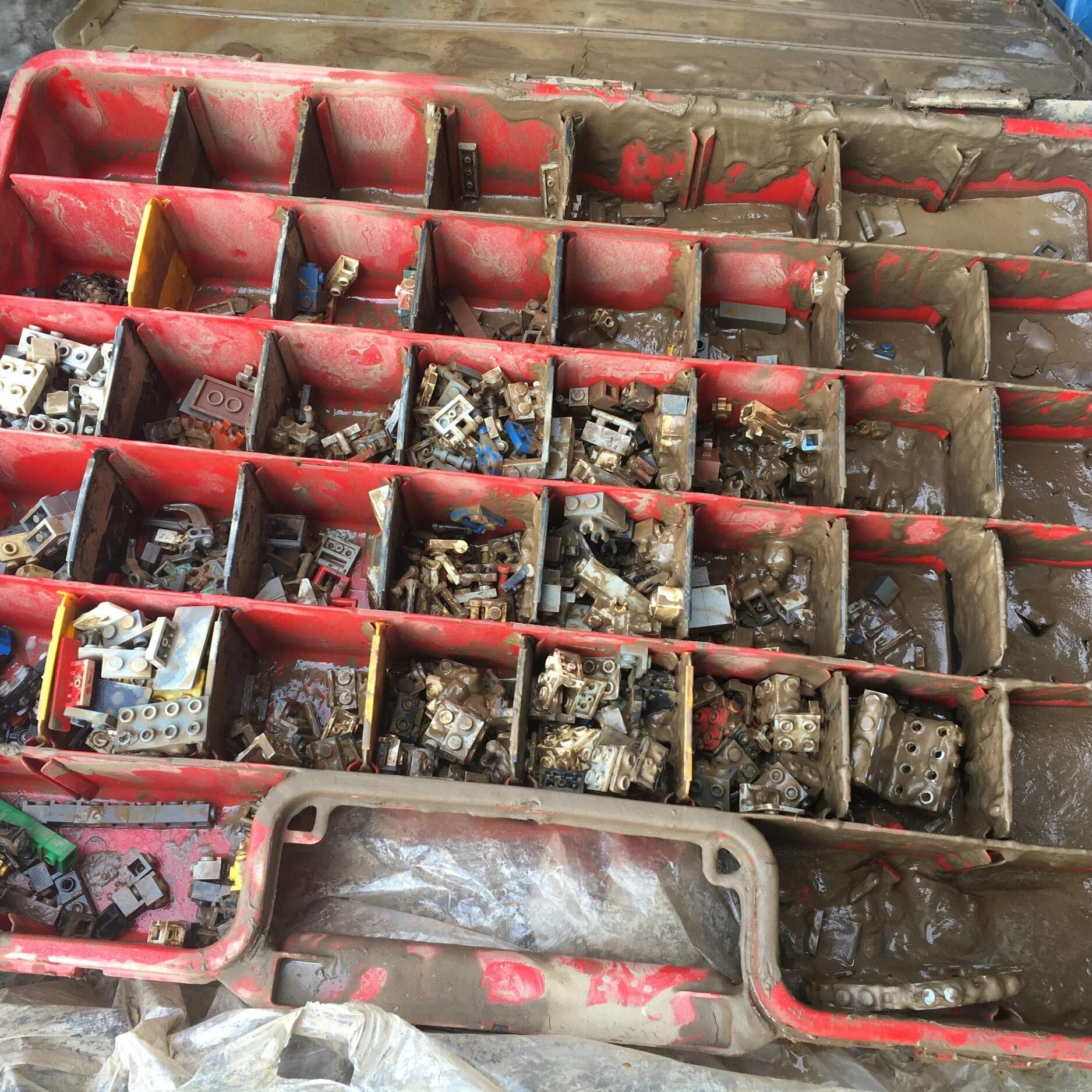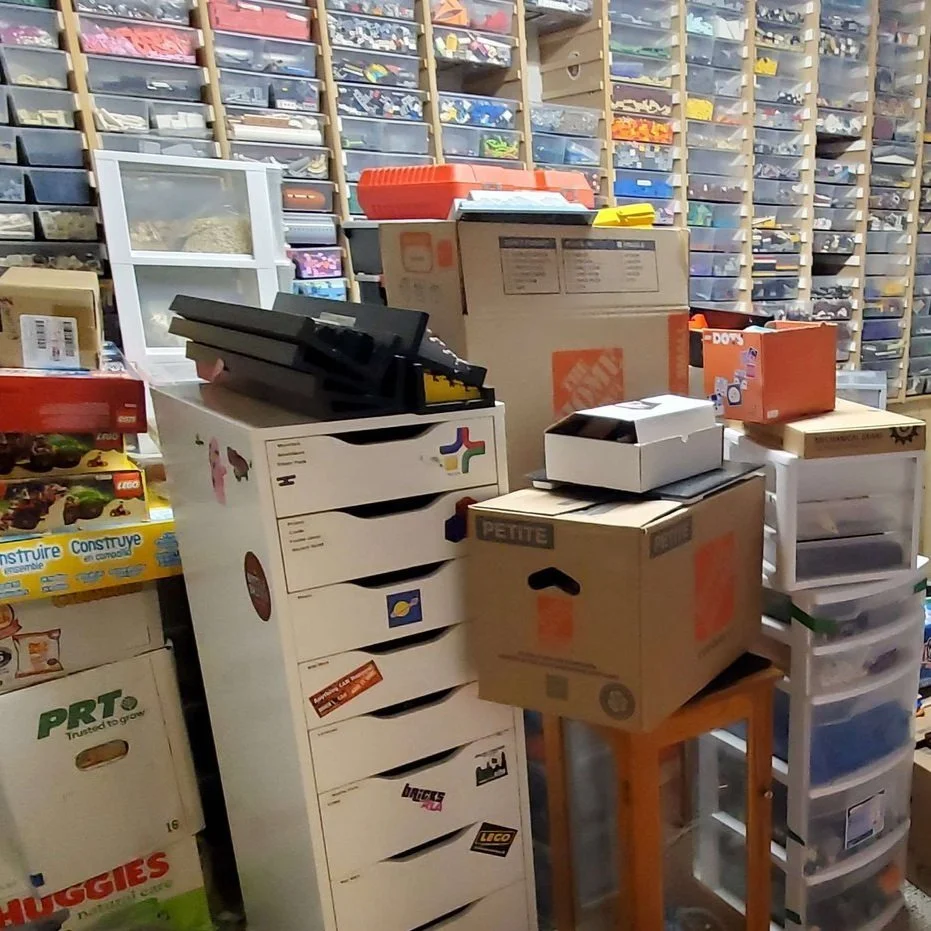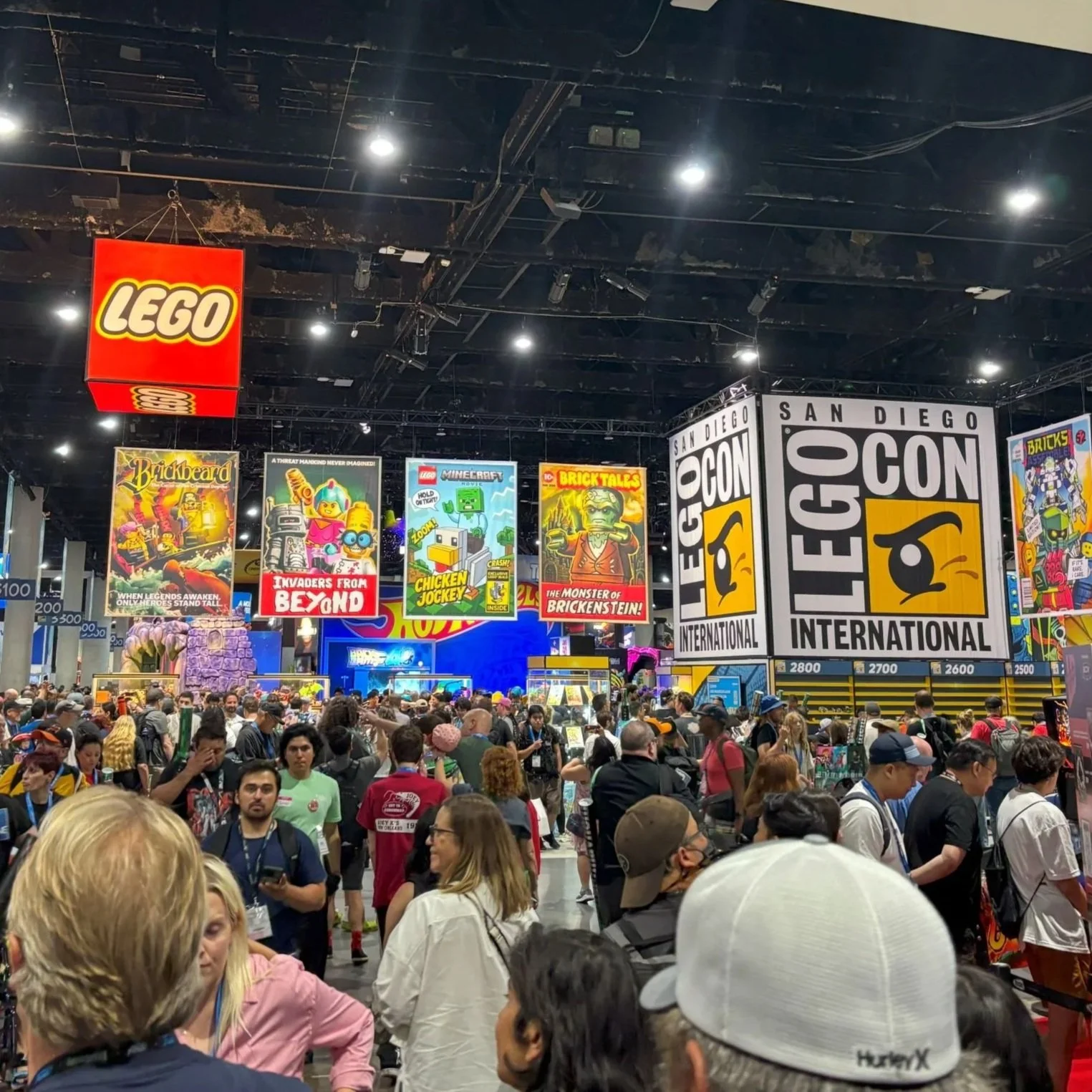Mosaic Masterpieces: LEGO Fine Art in Warsaw, Poland
/Best of BrickNerd: Weekend Highlight — Article originally published September 6, 2021.
If you ever tire of #foreversorting and want to randomly nerd out about an underrated genre in western art (as BrickNerds do), I suggest a good, hard look at Poland. Poland is not the home of the Renaissance, it’s not commonly lumped in with the popular modern movements centered around Paris, and that whole soviet thing? Mmm… No, thank you.
Polish history is complicated. How complicated? The touchstone pieces of Polish art featured here today were painted during an era when the country itself did not exist! Nerds love complicated, so when some jaw-dropping works of Polish art that were recreated in LEGO bricks popped on my social media feed, this nerd was compelled to reach out to Rafał Piasek to learn more.
Gwyneth: Thank you for speaking with us about this stunning exhibition, Rafał. I see that four huge works of LEGO Polish art were on display in a Warsaw gallery this past month. I have so many questions, but first things first, how/when did the idea for this exhibit begin?
Rafał: It was the idea of LEGO Poland. We had built “Panorama of Warsaw” on the wall of one of the conference rooms in the Polish LEGO Offices before, and they liked it so much they wanted to follow up on the mosaic idea. Last year, they started talking with the museum that holds the original paintings. The original idea was to put the brick recreations next to originals in the museum. Exhibiting in the National Museum made many AFOLs eager to join the project.
Unfortunately at some point, the museum backed out from the project for unknown reasons, so LEGO Poland worked to find another place to display our creations that were already being built. After some time of uncertainty about what would happen with the project, Gallery by The Beach (Galeria Przy Plaży) was selected. It is located at the Vistula riverbank frequented by locals and tourists. Entry to the gallery was free, so in the end, we estimate that more people saw our “paintings” than if they had been in the National Museum.
Gwyneth: That is certainly a #glasshalffull. How did LEGO Poland approach the AFOL community for such an ambitious project?
Rafał: LEGO Poland approached all three Polish LUGs in spring this year. Each LUG was supposed to build one of the paintings. Later, a fourth painting was added to the bunch. We have three recognized LUGs in Poland, and some people are members of more than one LUG. LUGPOL and “Stowarzyszenie Zbudujmy To” (which translates as “Association Let’s Build It”) are nationwide, WAWLUG is based in Warsaw and focused more on face to face interactions (that COVID is making really hard).
LEGO Poland always reaches out to all Polish LUGs, but often due to tight time constraints, such actions happen mainly in Warsaw. This time, we managed to involve people from other regions. Parts of the “paintings” were built in Warsaw, Poznań, and Gdańsk. The fourth painting was built by WAWLUG due to logistic reasons—we are located in the same city as the Polish LEGO Office.
Gwyneth: It’s not every day you witness a big project grow even bigger. How were these particular paintings chosen? Are the LEGO works 1:1 scale with the original?
Rafał: The paintings were chosen by LEGO Poland and the National Museum, and they were originally intended to be displayed side by side with the originals. Paintings are in 1:1 scale, give or take a few studs for technical reasons. We all hope to see our versions next to the originals someday.
Gwyneth: I see several builder names in a list by each painting. Was each piece a collaboration? What was the process to enable this kind of collaboration? How did you settle on a consistent aesthetic across the pieces?
Rafał: Projects were prepared by four AFOLs: Bartlomiej Huetter, Łukasz Ogrodnik, Rafał Piasek, and Dominik Skarbek-Kruszewski. We tried all available mosaic software, finally setting on LD Digital Mosaic Creator (LDDMC) created by Lasse Deleuran, which best fit our needs. LEGO Poland provided the bricks (although we were constrained to a limited list of elements).
Working with LEGO and their support let us develop a system that creates very detailed mosaics and make them sturdy enough so they can be easily moved around with minimal chance of breakage. We have 1x1 plates stacked in a way you look at the side of them—this gives 2.5 times better resolution than usual mosaics, where studs face the public.
Gwyneth: Side stacked mosaics are very part intensive! How did you overcome the stability issue of stacking lots of columns of 1x1 plates?
Rafał: Every 7th row of pixels is replaced by 1x3 plates (where color allows), which let us connect with two layers of 2-brick-wide Technic bricks. After designing it we split it into stripes, so each participant could build his part separately. After the bricks were delivered, we had a sort party (similar to LUGBULK) where we prepared packs of bricks for each builder or team and then had them sent around Poland.
After about two weeks all the parts were brought together in Warsaw where we assembled the pieces and added a 4th layer of Technic beams connecting rows of Technic bricks vertically, making the entire construction very sturdy. Finally, LEGO Poland took over and added wooden frames to the bricks to make it transport-proof. After a few more weeks we could enjoy the view of our work in public!
Gwyneth: We can see in the photos how much painstaking effort was put in by each individual, and also in the process of it coming together. Did you experience any unique challenges—or learn any teamwork techniques—in the process of bringing these paintings to LEGO life?
Rafał: Building a mosaic seems simple: you take the photo, put it into the mosaic maker, and get ready instructions for building and the parts list. In reality, it is not that simple. You need to consider which colors are available, make tweaks to get proper coloring and dithering. It is a long process, and to do it right, it takes several hours and a fast computer. Once we prepared the list of bricks we needed, it appeared that one color that we thought was available was in fact absent. So we had to redesign the paintings from scratch—luckily the second time was much faster as we had most of the rest figured out already.
As for the teamwork, it went pretty smoothly. This is not the first big project we put up together, so we work as well-oiled machines.
Gwyneth: Your fingers must have hurt after putting so many pieces together!
Rafał: Building the paintings with real bricks was some hassle. There are about 150,000 bricks across all the ”paintings,” most of them being 1x1 plates. Stacking them requires a lot of focus and attention, as each mistake will contribute negatively to the final result. Furthermore, so many little bricks make the fingers hurt a lot. To fight that, some of us created tools (out of LEGO bricks of course) to mitigate finger ache. I personally used sewing thimble.
Displaying LEGO mosaics, the way we do them, is not an easy task because new bricks are so shiny, that it is hard to look at them face to face because of reflections.
Gwyneth: How was the public reception? Were the gallery visitors mostly adults or kids? LEGO fans or art fans?
Rafał: Public reaction was positive. Most of the people were awed to see the well-known masterpieces remade in LEGO. When I visited the gallery, there were all kinds of people—LEGO fans that came especially to see it, some art lovers, families with kids, and also people who just stumbled into the gallery while taking a walk on the Vistula boulevard. I think it was more fun for adults than kids—there were no play opportunities—but the idea was to promote the use of LEGO bricks to make art. To go beyond the concept, what many people think, that LEGO is a toy only. I think it went pretty well.
If it was not for LEGO Poland, building those creations would not be possible, so we are very thankful that they bring cooperation with AFOLs to the next level. We are already working on another endeavour!
Gwyneth: Now that the gallery exhibition has concluded, will there be future opportunities to see these works?
Rafał: We all hope that there will be other opportunities to see the exhibit, and hopefully not only in Warsaw. LEGO Poland plans to exhibit them in other locations, but we do not yet know the details. At the moment, the Polish borders are open, but with COVID that can change any minute. As I write this, I’m arranging to bring the show to the Skaerbaek fan weekend in late September. LEGO Poland has agreed to lend us the pieces for the convention. Fingers crossed!
A Tour of the Gallery
To nerd out further, click the links to see images of the original paintings on display in the National Museum in Warsaw.
What is fine art to you? Should LEGO be displayed at a museum? Leave your thoughts in the comments below.
Do you want to help BrickNerd continue publishing articles like this one? Become a top patron like Charlie Stephens, Marc & Liz Puleo, Paige Mueller, Rob Klingberg from Brickstuff, John & Joshua Hanlon from Beyond the Brick, Megan Lum, and Andy Price to show your support, get early access, exclusive swag and more.






























